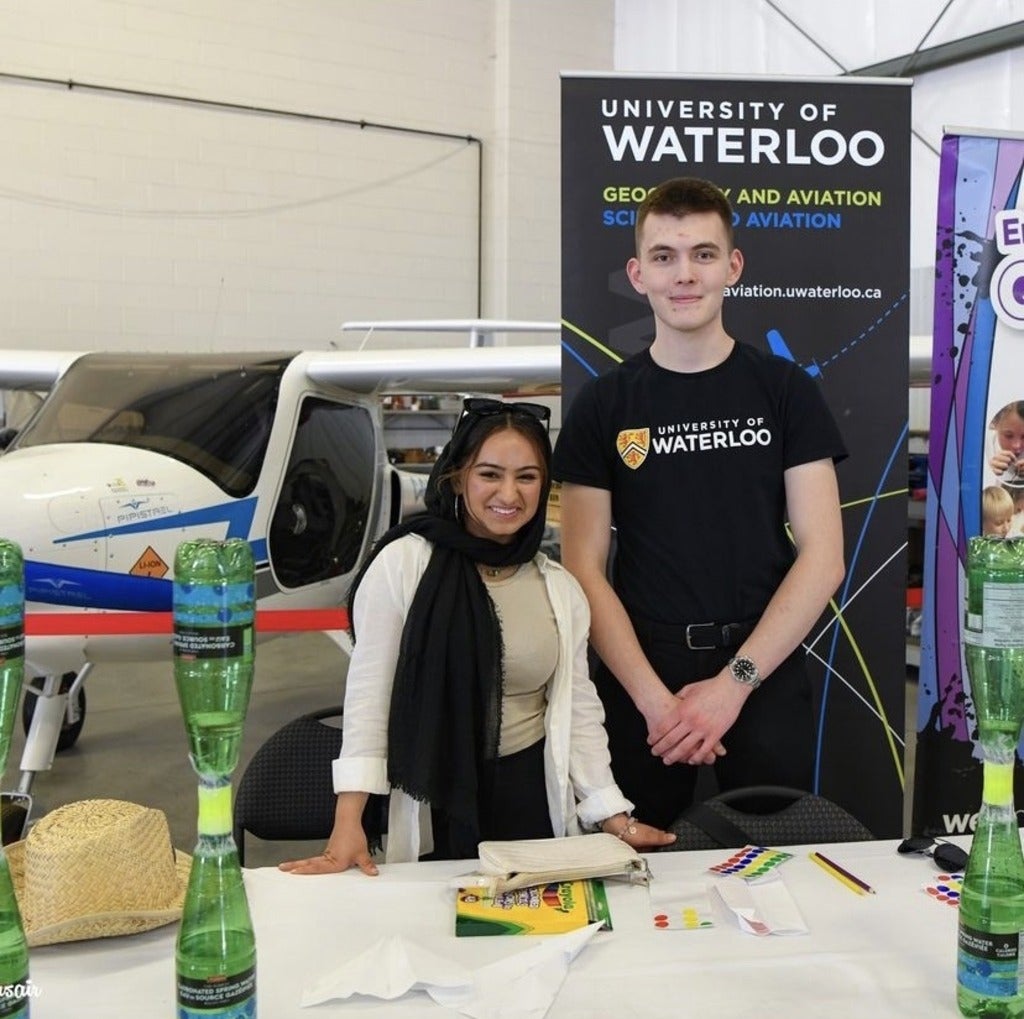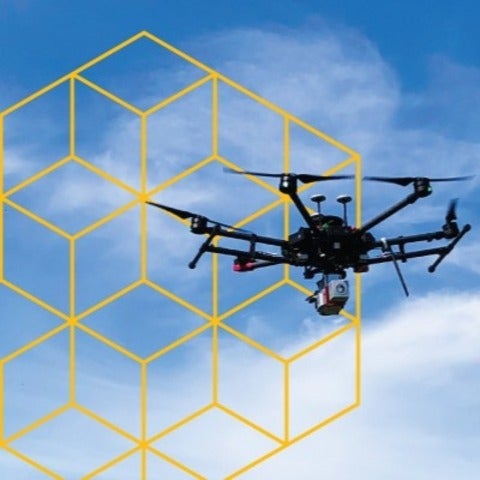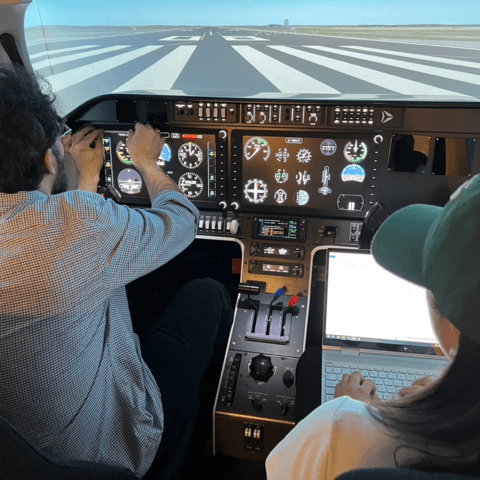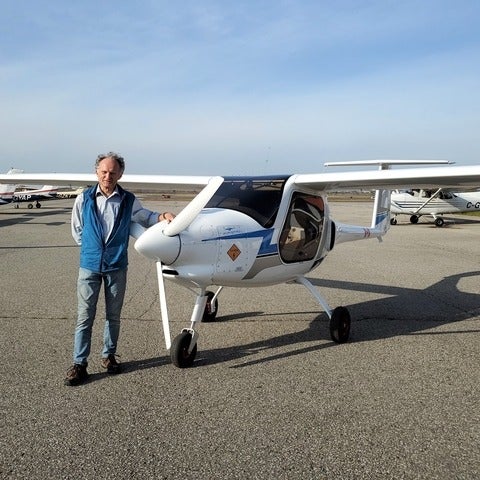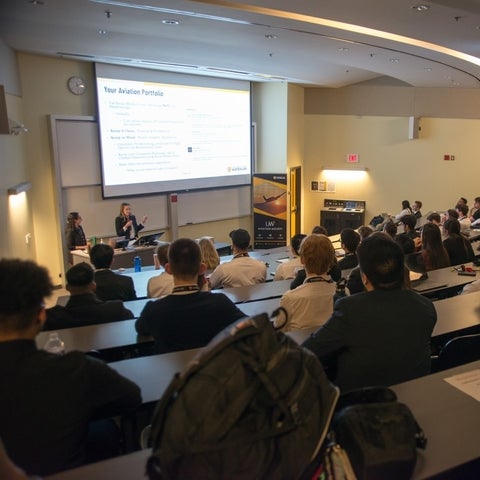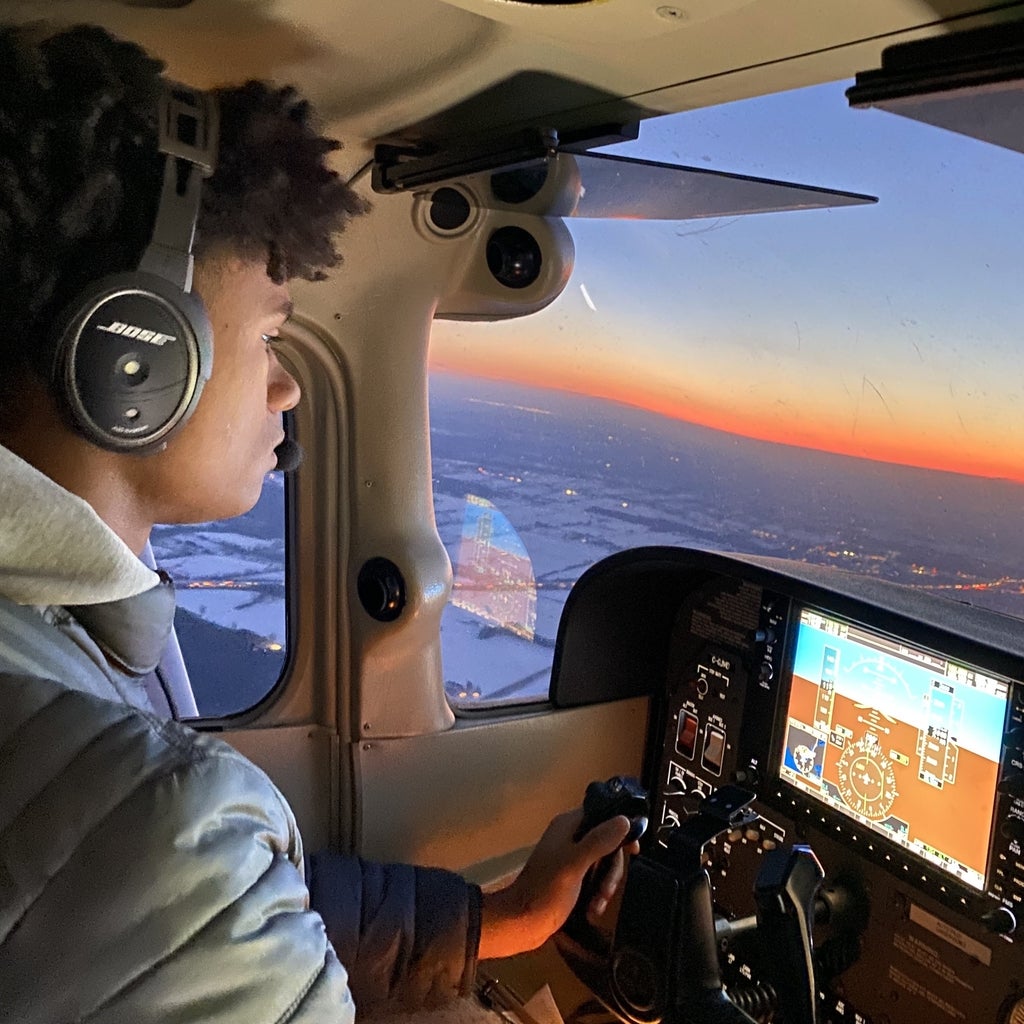My Experience Volunteering For Girls Can Fly - Michal
When I signed up to volunteer at this year’s Girls Can Fly to represent the University of Waterloo, I had no idea what to expect, and simply put I was blown away. Volunteering, and being able to represent the university was a great honour. Entertaining the children who attended the event, by creating a tornado in a bottle, and answering questions regarding the aviation program was all very enjoyable.
